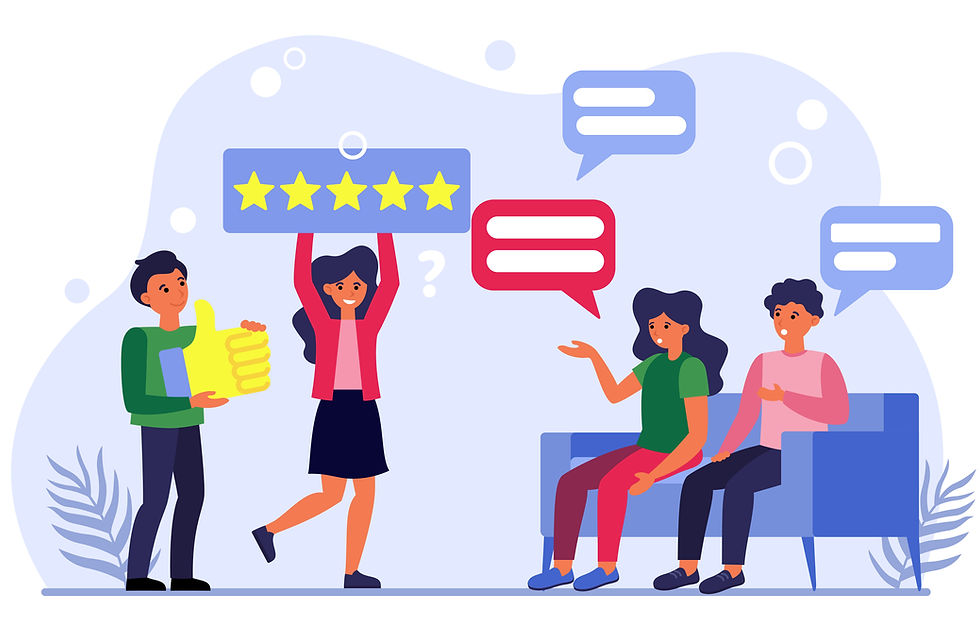Designing Online Learning Environments with Accessibility in Mind
- Elvin Flores
- Oct 27
- 2 min read
There is a common misconception in education that accessibility is only required when a student formally requests accommodations through student services. In reality, accessibility (and Universal Design for Learning (UDL) principles) should be a core component of course design as it lowers barriers to learning and benefits all students, not just those with documented needs.

Students arrive in our classrooms with diverse learning preferences, needs, and experiences. One of the most effective ways to support this diversity is by designing digital learning environments that are accessible from the start.
When aligned with Inclusive online learning design (NYU login required) and Universal Design for Learning (UDL), accessibility isn’t just about meeting technical requirements. It’s about being intentional with how we teach. UDL helps us share multimodal content, gives students more than one way to participate, and lets them demonstrate what they have learned in multiple formats.
What does digital accessibility actually mean?
It means your content (slides, readings, videos) is easy for all students to find, use, and understand. Key elements of digital accessibility include:
Videos with accurate captions
Readable, well-structured documents
Flexible formats that are compatible with various devices and assistive tools
Recently, a faculty member shared how a quick adjustment to the accessibility of their course content ended up supporting both their teaching and their students’ learning. After uploading a lecture video late at night, they realized that background construction noise had made parts of the audio very difficult to hear. With no time to re-record, they used NYU Stream's (NYU login required) auto-captioning tool and edited the transcript for clarity. Several students later shared that the captions helped them understand certain sections that were difficult to hear due to a lot of background noise. One student followed along while watching during a subway commute, and another downloaded the transcript to help them make clearer notes. The faculty member reflected that without captions, many students might have missed key ideas.
Here are three ways to make your NYU Brightspace course more accessible:
Turn on captions (NYU login required) for your lecture videos in NYU Stream.

Use NYU Brightspace Page Templates (NYU login required) for clean, easy-to-navigate content.

Run a Brightspace Ally report (NYU login required) to see where your course can improve.

To learn more, explore NYU’s Digital Accessibility site for additional resources, or contact the Learning and Teaching Nexus with any questions.
References
American University School of Education. (2023, March 13). Universal design for learning: Creating inclusive classrooms for all students. https://soeonline.american.edu/blog/universal-design-for-learning
Branson, C., & Sitnikova, T. (2017, August 4). A rising tide: How closed captions can benefit all students. EDUCAUSE Review. https://er.educause.edu/articles/2017/8/a-rising-tide-how-closed-captions-can-benefit-all-students
Cornell University Center for Teaching Innovation. (n.d.). Universal design for learning. https://teaching.cornell.edu/teaching-resources/universal-design-learning
Missouri Online. (2022, May 4). What do you believe about digital accessibility? University of Missouri. https://teaching.missouri.edu/blog/what-do-you-believe-about-digital-accessibility
New York University. (n.d.). Accessibility. NYU Web and Digital Publishing. https://www.nyu.edu/life/information-technology/web-and-digital-publishing/digital-publishing/accessibility.html
Northeast Iowa Community College. (n.d.). Ally – Brightspace web accessibility. Brightspace Knowledge Base. https://sites.google.com/nicc.edu/brightspaceknowledgebase/instructor-tutorials/ally-brightspace-web-accessibility
Quality Matters. (2021, February 15). Closed captions help all learners. https://www.qualitymatters.org/qa-resources/resource-center/articles-resources/captions-help-all-learners
West Virginia University. (n.d.). Accommodation myths. Office of Accessibility Services. https://osa.wvu.edu/faculty-resources/myths
Yilmaz, G. (2025, June 20). Proactive, not reactive – the key to inclusive and accessible design. Perficient Blogs. https://blogs.perficient.com/2025/06/20/proactive-not-reactive-the-key-to-inclusive-and-accessible-design/



Comments